
The exterior of the Barn is weathered hemlock and straddles the side of a hill and a narrow dirt road in the Catskills. Unassuming, it is almost like a shadow on the land, yet it is three stories tall. Built in 1900 for cows and tractors, it has assumed the air of the landscape around it. Porcupines, deer, bear and hummingbirds circle the perimeter. Walking down the hill, away from the structure, the forest is almost primeval; littered with beech and hemlock, violets, and evergreen, and small patches of sunlight. The silence at night is absolute. Except when the wolves howl.
This is the exterior; haunted, elegant, from another century. Abandoned.
The interior tells a far different story. Visual artists, Marc Travanti and Margaret Clark purchased the land in 1989. It had been abandoned for decades. The barn was part and parcel of the arrangement. This began a transformation of the interior and the surrounding grounds that continues to this day. In 1989, the interior was only a dirt floor, 20 feet by 40 feet, open to raccoons and other wild life. Margaret slept with a gun when she was alone.
Marc began his transformation of the space by building a stone table, down at the fire pit, held together with mortar--- which exists to this day. He also crafted a tree stump; upholstered the top of it with violently red fur. He calls it “Fur Nature.” It looks like it has been created for a hobgoblin or a wood sprite, or a drunken visitor from out-of-state. At one point, Marc and Margaret built a huge tree-house in the adjacent woods, large enough for dinner parties of 15. No longer used--- it has long since disappeared into the forest.
Marc refurbished a large oak table for the kitchen by building out an extension from all four corners. This created a border for hand-pained tiles. One image is a hunter holding a chainsaw with a tree growing out of his head. Or a man at a computer screen with a woman watering his head. In the Surrealistic style of the “exquisite corpse,” different people painted the torsos, the limbs and the heads on one tile. Some of them are fired decals. Freida Kahlo lurks on the periphery. Another table is in the picassiette style; its surface a landscape of broken ceramic plates deeply embedded in grouting.
Travanti made lamps from found objects, mostly tin cans. The infamous “Brain Lamp” began with a century old rusted can, and a red light bulb. He added a round ceramic shape with holes punched out. Plug it in, turn it on, and its part Twilight Zone with a touch of Duchamp. My favorite however is “Dirty Girl.” She is a kitschy creation from the 1950’s or 1960’s; a ceramic doll dressed in pink, probably a ballerina, now permanently tarnished with the patina of a half century.
The entrance to the Barn is a huge wooden door that leads into a cavernous foyer; the ceiling is thirty feet tall. Light emanates from stained glass windows set into the second story. Light also emanates from two cylindrical church lights hung by heavy chains. The interior is raw plywood. Initially Travanti enhanced the knots with marbles. Then he began using biomorphic ceramic shapes; red, yellow, blue, orange. Bright primary colors glued into the wood; a thousand eyes. Finally, Marc wallpapered one wall with pages from an 18th century guide to flora and fauna.
Today, Margaret’s studio is on the first floor and overlooks the woods. Marc’s studio is on the second floor under a stained glass window. The environment is also their canvas. It is a place where every once in a while, form follows function and hallucinates:
A church window in a century year old barn, a tree stump with a red fur top, a night light that is a glow-in- the-dark-brain, a circular window embedded with broken bits of pottery, and finally a candelabra hanging from a tree branch in a clear patch of the forest.
This is the Barn of earthly delights.
note: Marc asked me to write this for his website; http://www.marctravanti.com

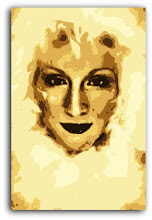
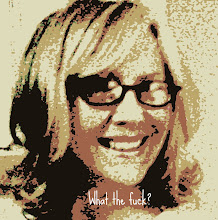
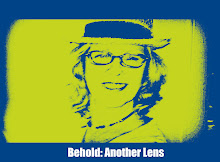
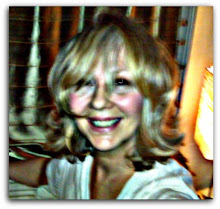




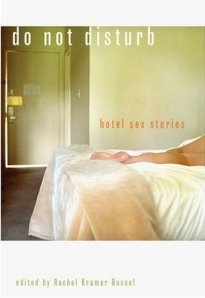





No comments:
Post a Comment